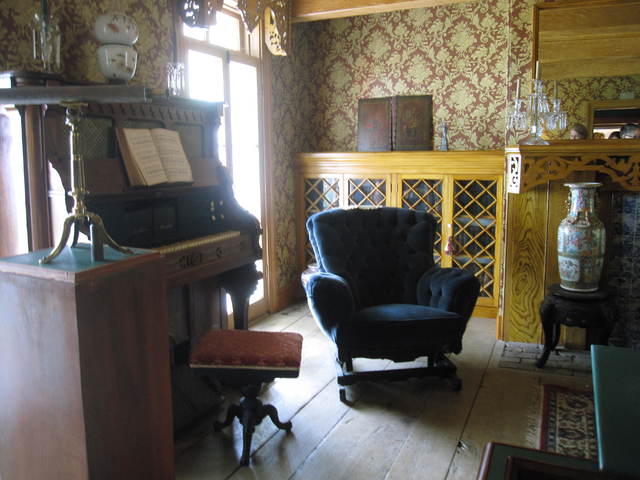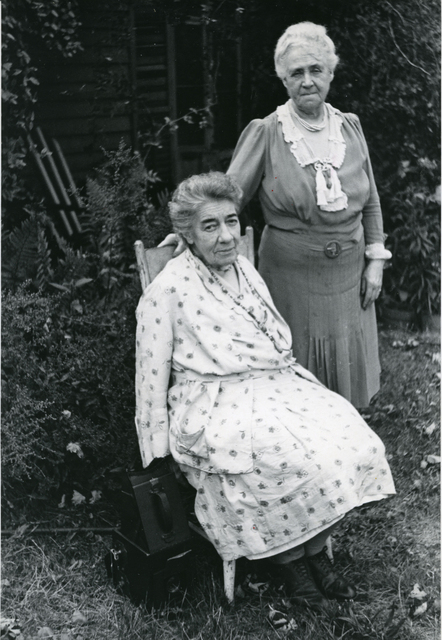NEW YORK — A museum dedicated to a Victorian-era photographer who challenged gender roles is expanding its mission by promoting tolerance and sending a contingent to New York’s gay pride parade. ADVERTISING NEW YORK — A museum dedicated to a
NEW YORK — A museum dedicated to a Victorian-era photographer who challenged gender roles is expanding its mission by promoting tolerance and sending a contingent to New York’s gay pride parade.
The Alice Austen House on Staten Island has celebrated Austen’s work as a pioneering female photographer since the site opened to the public in 1985.
Austen, born in 1866, took photos that included women cross-dressing and embracing, and she lived for decades with another woman, Gertrude Tate.
This year the museum is doing more to highlight Austen’s relationship with Tate, and museum staff and supporters will be marching under their own banner in New York’s massive gay pride march June 28.
“Anyone’s invited to march with us,” said Janice Monger, Alice Austen House executive director. “We’re partnering with the Staten Island Pride Center and marching together in honor of Alice’s 50-year-long relationship with Gertrude Tate.”
Austen grew up in the black-and-white cottage on the Staten Island waterfront in the late 19th century. When she died at 86 in 1952, she left behind 8,000 images. Some of her most intriguing pictures easily could have been considered “scandalous given the social conventions of the Victorian era,” said Monger.
In one photo, Austen and a minister’s daughter, dressed in petticoats, pose while smoking in a church. In another, women are dressed like men — including wearing fake mustaches. Other images show three women in bed and two sets of female couples embracing.
Austen also explored other subjects that would have been considered unseemly for women of her social class, taking photos of immigrants and the poor, from quarantined patients to rag-pickers to street peddlers.
Austen met Tate in 1899. Whether they had a sexual relationship is unknown, but it was not uncommon for single women to live together in that era in what was called a “Boston marriage.”
“We’re not trying to label the relationship nor do we know the precise nature of the relationship,” Monger said. “But she did live with Gertrude Tate, another woman, for 30 years at this house and they were together for over 50 years when that was not the predominant social relationship.”
Austen lost all her money in the 1929 stock market crash, and after failing to make ends meet, the women eventually were evicted from the home that’s now a museum. Gertrude’s family took her in, but Alice ended up in the poorhouse. While it’s possible Tate’s family simply was unable to care for Austen, it’s also possible she wasn’t welcome to live with them.
The couple also wanted to be buried together, but they were not.
Near the end of her life, Austen’s photos were discovered by a publisher and she earned some money from magazine fees.
Visitors to the museum, which is a short bus ride from the Staten Island Ferry terminal, can take self-guided tours, seeing some of her images and camera equipment along with period furnishings. The house also hosts contemporary photography exhibitions not just of Austen’s work but also on themes relevant to her life and other issues.
Monger said she hopes the museum will help visitors see “there’s a history of people living differently than what you see in mainstream media. If we can promote acceptance and tolerance, that’s a great mission for us.”





